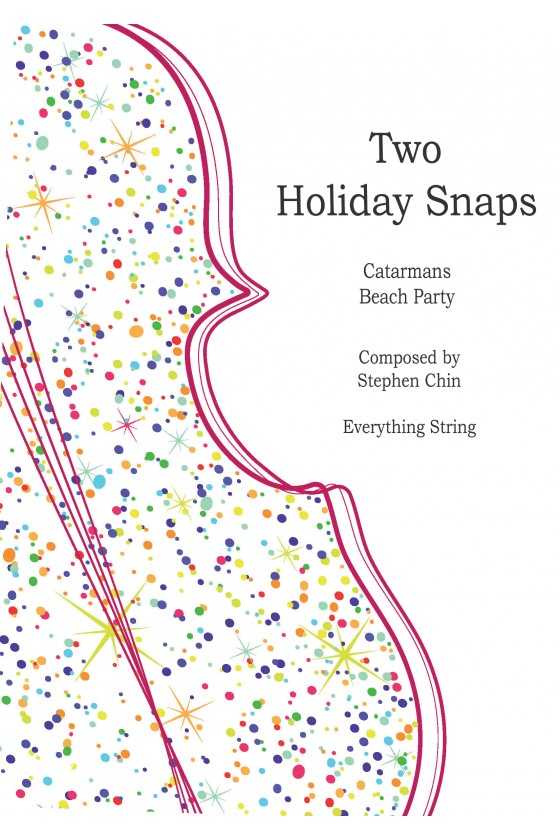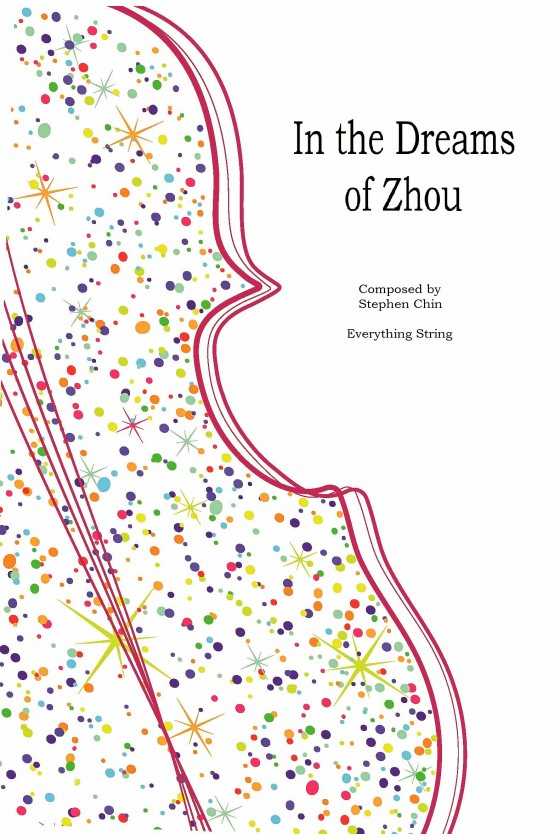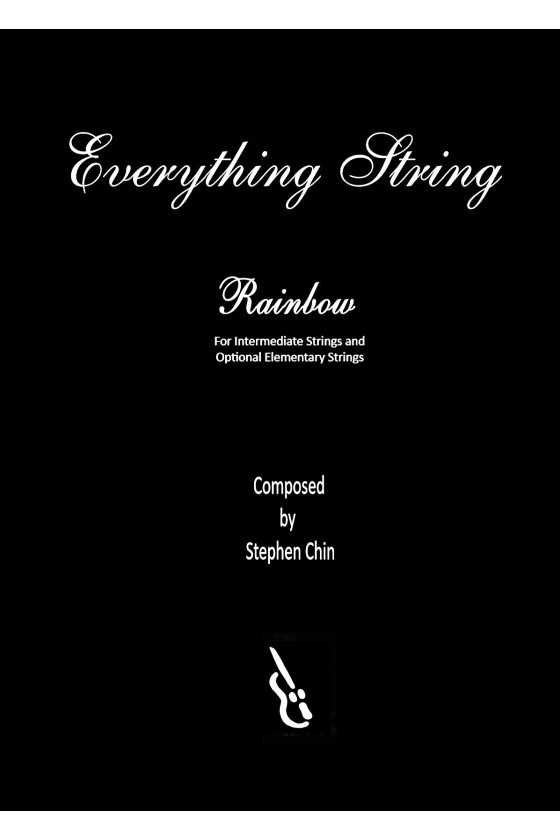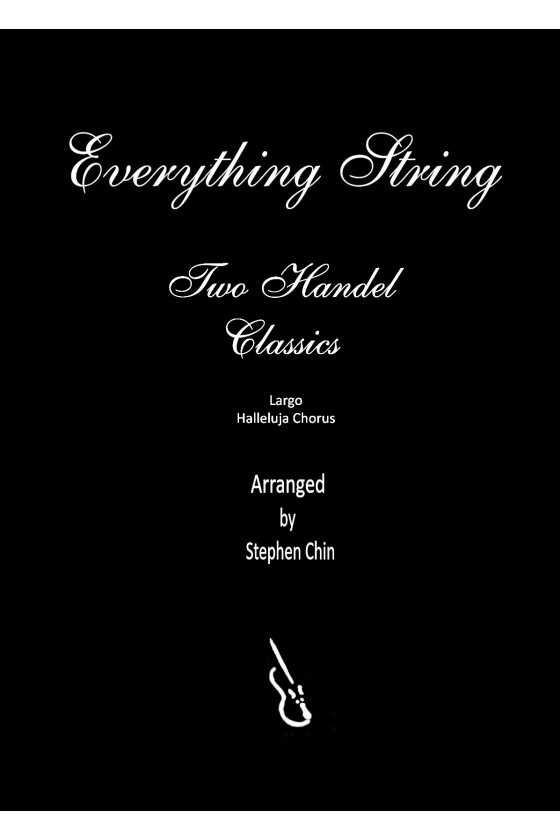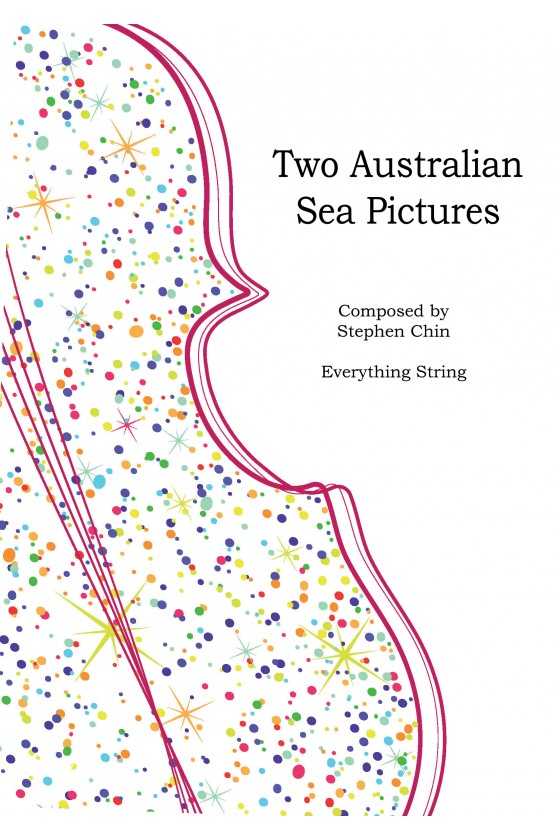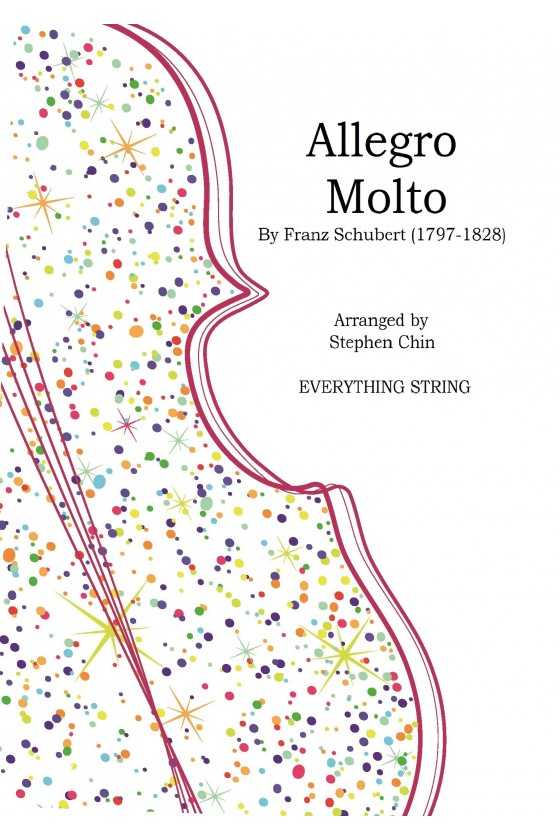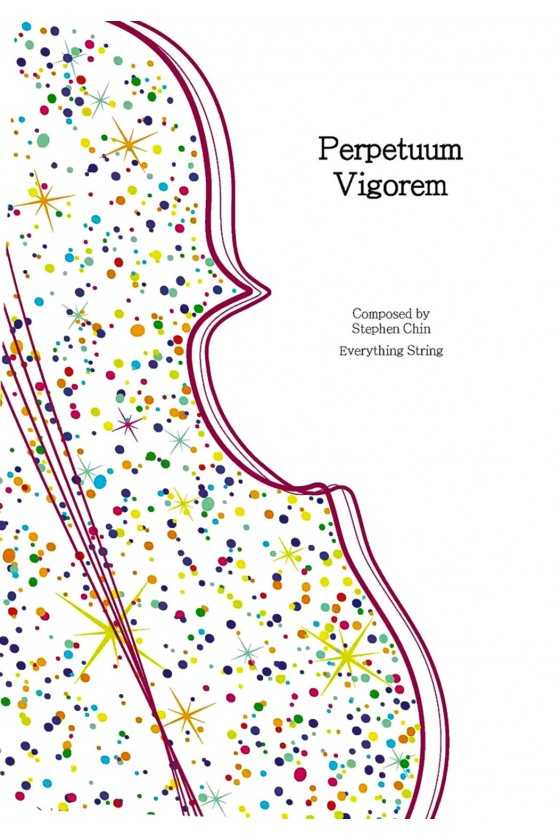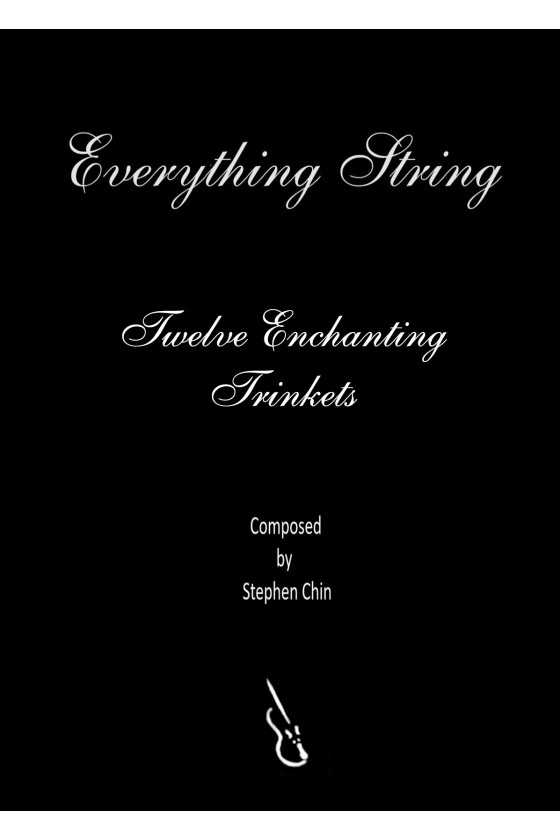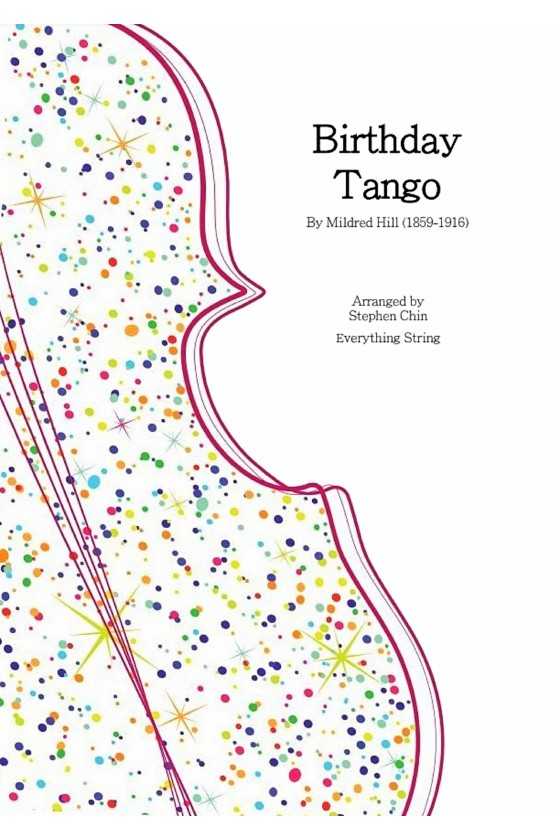Schubert's Sonatina Op. 137, No. 1's Allegro molto movement, originally for violin and piano, has been arranged for strings, making it more accessible.
Composer Franz Schubert was a skilled violinist who wrote over 12 string quartets by age 19. His first three violin sonatas, including Sonata No. 1 in D major, D 384, were later published as Sonatinas in 1836. The charming piece of music is relatively easy to perform.
Schubert's "März 1816" sonata has an intimate atmosphere, perfect for a small ensemble. It features three movements: Allegro molto, Andante, and Allegro vivace. The Allegro molto is a lively and fast-paced movement, followed by a slower, more contemplative Andante. The piece concludes with a rousing Allegro vivace.


